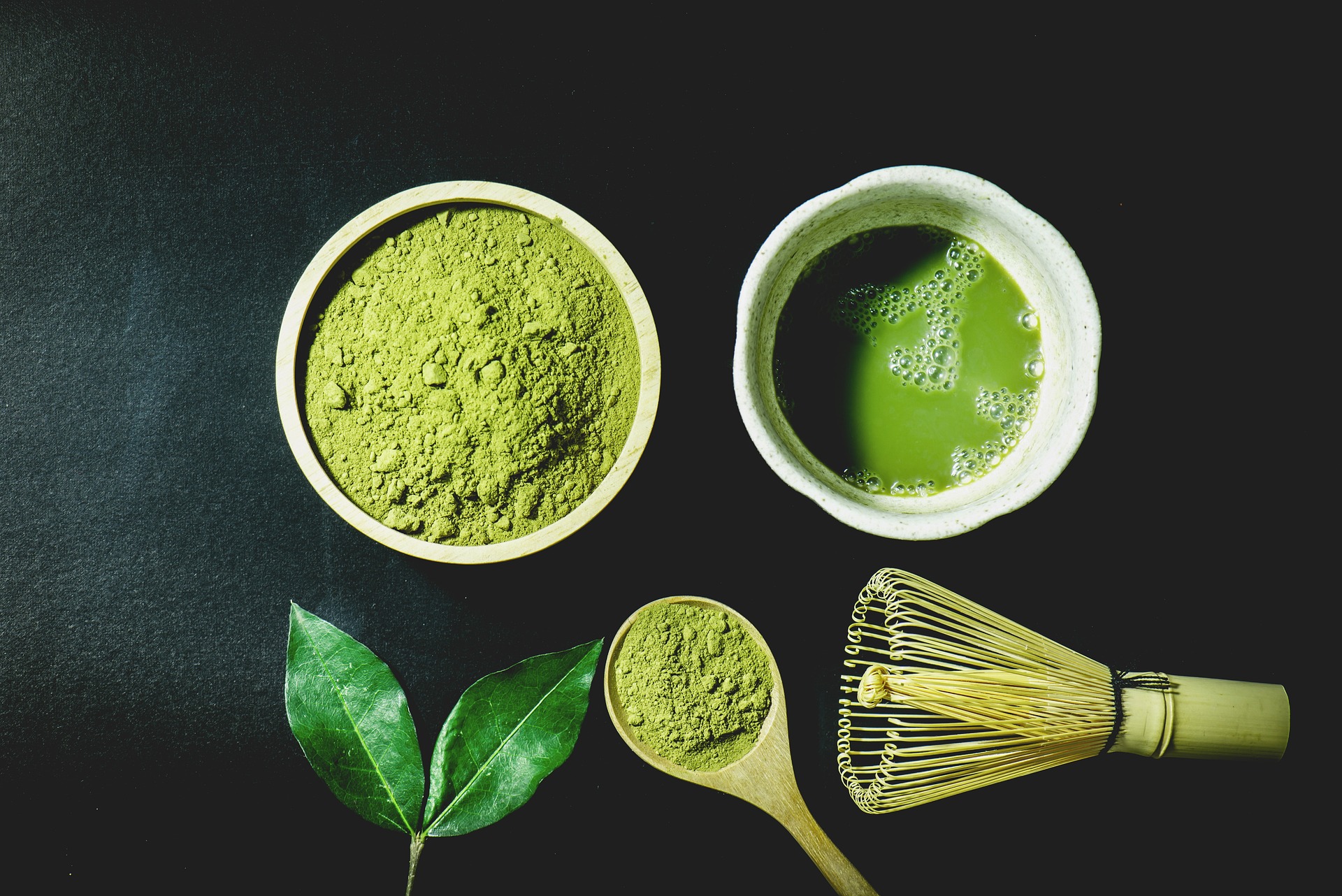Matcha Tea: Origins, Preparation, and Uses
Matcha is a powdered form of green tea with a long history and a distinctive preparation method. Made from shade-grown tea leaves that are stone-ground into a fine powder, matcha is whisked into water rather than steeped, delivering the whole leaf as part of the drink. Its bright green color, vegetal flavor, and versatility have made it both a traditional ceremonial beverage and a common ingredient in modern kitchens.

This article is for informational purposes only and should not be considered medical advice. Please consult a qualified healthcare professional for personalized guidance and treatment.
What is matcha tea?
Matcha is a specific type of green tea processed into a fine powder and consumed suspended in water rather than brewed and discarded. Because the whole leaf is ingested, matcha provides a different nutrient and flavor profile than steeped tea. Traditional matcha has ceremonial roots in Japan, where it has been used in tea ceremonies for centuries. Modern matcha is used in beverages, desserts, and savory recipes. The powdered form also affects preparation, storage, and serving technique compared with loose-leaf teas.
How does matcha compare to green tea?
Both matcha and ordinary green tea come from the Camellia sinensis plant, but their cultivation and consumption differ. Green tea leaves are typically harvested and dried for infusion, while matcha leaves are shaded before harvest to boost chlorophyll and then ground. As a result, matcha often tastes richer, more umami-forward, and slightly sweeter or creamier than many brewed green teas. Nutritionally, consuming the powdered leaf provides a higher concentration of some compounds per serving than a typical steeped cup, though exact amounts depend on grade and serving size.
How is matcha powder produced?
Matcha production begins with careful cultivation: tea plants are shaded for several weeks before harvest to increase chlorophyll and L-theanine levels. After hand-harvesting the youngest leaves, stems and veins are removed to produce tencha. The tencha is slowly stone-ground into an ultrafine powder, producing matcha with a silky texture. Quality is affected by leaf selection, shading duration, drying methods, and grinding technique. Higher-grade matcha tends to use younger leaves and more careful processing, resulting in a brighter color and more nuanced flavor.
What defines Japanese matcha?
Japanese matcha refers to matcha produced in Japan under traditional methods and region-specific practices. Prefectures such as Uji, Nishio, and Shizuoka are historically associated with matcha cultivation, often emphasizing terroir and craftsmanship. Japanese matcha is typically graded by intended use—ceremonial grades for drinking straight and culinary grades for mixing into recipes. The country’s long-standing tea culture has shaped standards for shading, harvesting, and grinding, and many Japanese producers continue to use stone mills and careful leaf selection to preserve flavor and color.
How to prepare and store matcha?
To prepare a classical bowl, sift 1–2 grams of matcha into a bowl, add about 60–80 ml of hot water (around 70–80°C / 158–176°F), and whisk briskly with a bamboo whisk until frothy. For lattes, dissolve matcha in a small amount of warm water before adding steamed milk. Freshness matters: store unopened matcha in an airtight, opaque container in a cool, dark place. Once opened, minimize air exposure and use within a few weeks for best flavor. Refrigeration can extend freshness but allow the container to return to room temperature before opening to avoid condensation.
Can matcha powder be used in cooking?
Yes—matcha powder is widely used in culinary applications, from baked goods and ice cream to savory sauces and dressings. Culinary-grade matcha is typically chosen for cooking because it balances flavor and cost; it maintains color and imparts a pleasant green-tea note without the subtleties demanded in a ceremonial cup. When using matcha in recipes, add it to dry ingredients to disperse evenly or bloom it briefly with a small amount of liquid to prevent clumping. Heat can alter flavor and color, so adjust quantities and timing to retain the desired profile.
Matcha occupies a space between heritage and innovation: a traditional powdered green tea with a well-defined production process and cultural context, now adapted to many modern tastes and recipes. Understanding differences in grade, preparation, and storage helps you choose the right matcha for drinking or cooking and ensures you get the qualities you expect from this distinctive Japanese tea.






